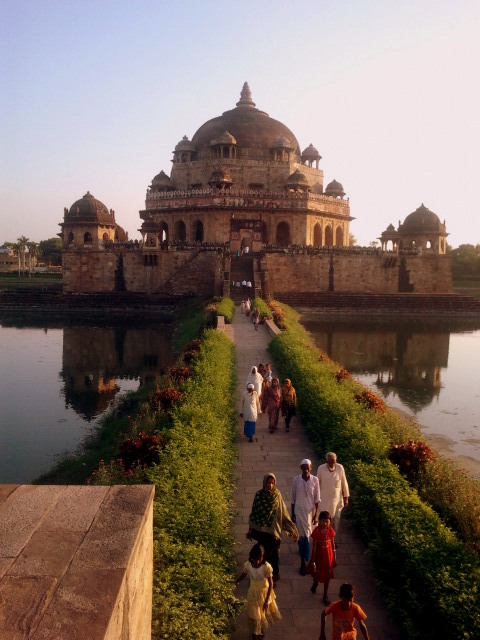peperonity.com
People and communities

CALCUTTA ?Entering the crumbling mansion of the Lawrence D?Souza Old Age Home here is a visit to a vanishing world.
Breakfast tea from a cup and saucer, Agatha Christie murder mysteries and Mills & Boon romances, a weekly visit from the hairdresser, who sets a dowager?s delicate hair in a 1940s-style wave. Sometimes, a tailor comes to the old-style garments beloved by Anglo-Indian women of a certain age. Floral tea dresses, for example.
?On Sundays, we listen to jive, although we don?t dance much anymore,? Sybil Martyr, a 96-year-old retired schoolteacher, said with a crisp English accent.
?We?re museum pieces,? she said.
